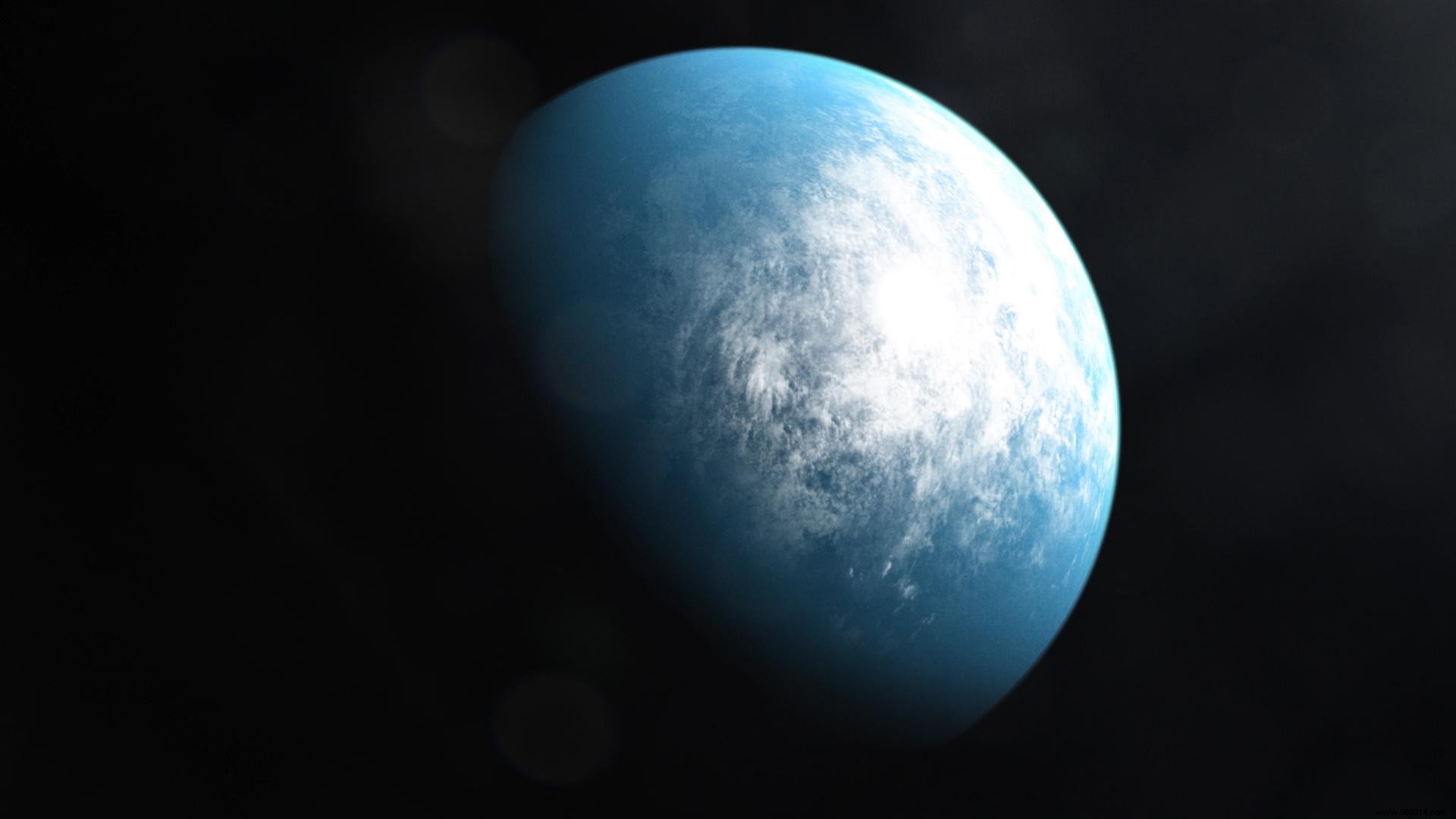To probe the presence of an advanced extraterrestrial civilization in our immediate environment, a study proposes to focus on the presence of nitrogen dioxide gas. And for good reason, on Earth, this gas is mainly produced by the combustion of fossil fuels.
To date, there are more than 4,000 exoplanets in our Galaxy. On this sample, some worlds could possibly support an advanced life form, like ours. Because these planets are so far away, it is unfortunately impossible for us to send probes directly on site to determine, or not, the presence of this extraterrestrial life. On the other hand, from Earth, we could use powerful telescopes to probe the composition of their atmosphere. Future instruments, such as the James Webb Telescope (October 2021) or the European Giant Telescope (2025), will then be able to support us.
A possible indication of the presence of life in these atmospheres (biosignature) could be a combination of gases such as oxygen and methane. These could actually testify to the presence of microorganisms or plants on the surface (but not always).
Another field of research consists in probing this time not bio-signatures, but traces testifying to the presence of advanced technologies. We then speak of technosignatures . After all, here on Earth, the most obvious signs of life are far from natural.
In a recent study, researchers at NASA's Goddard Space Flight Center suggest we focus on one gas in particular:nitrogen dioxide (NO2).
And for good reason, if this gas can indeed be produced by non-industrial sources (biological processes, lightning, volcanoes), on Earth, "most of the carbon dioxide nitrogen is emitted by human activity (about 76%, editor's note)" , points out Ravi Kopparapu, the main author of this work, citing combustion processes such as vehicle emissions and fossil fuel power plants.
Based on this principle, the observation of NO2 on a habitable planet could potentially indicate the presence of an industrialized civilization .
“Other studies have examined chlorofluorocarbons (CFCs) as possible technosignatures, which are industrial products widely used as refrigerants until being phased out due to their role in the depletion of the ozone layer" , continues Jacob Haqq-Misra, co-author of the article.
“To our knowledge, CFCs are not produced by biology at all, so they are a more obvious technosignature than NO2. However, CFCs are very specific manufactured chemicals that might not be prevalent elsewhere. NO2, by comparison, is a general by-product of any combustion process” .

In their study, the team also relied on computer modeling to predict whether extraterrestrial NO2 pollution can produce a signal strong enough to be detected with our current telescopes and future.
They found that for an Earth-like planet orbiting a Sun-like star, a civilization producing the same amount of NO2 as ours could be detected by a powerful telescope specializing in wavelengths visible within thirty light-years, after approximately 400 hours of observation.
Finally, the researchers also found that stars cooler than our Sun, such as K- and M-type stars, might produce a stronger and more easily detectable NO2 signal. This is because these types of stars produce less ultraviolet light capable of "breaking up" NO2 molecules. Another good point:these stars are also much more common in the Galaxy than Sun-type stars.